Home>Garden Essentials>How To Plant Lawn Seed
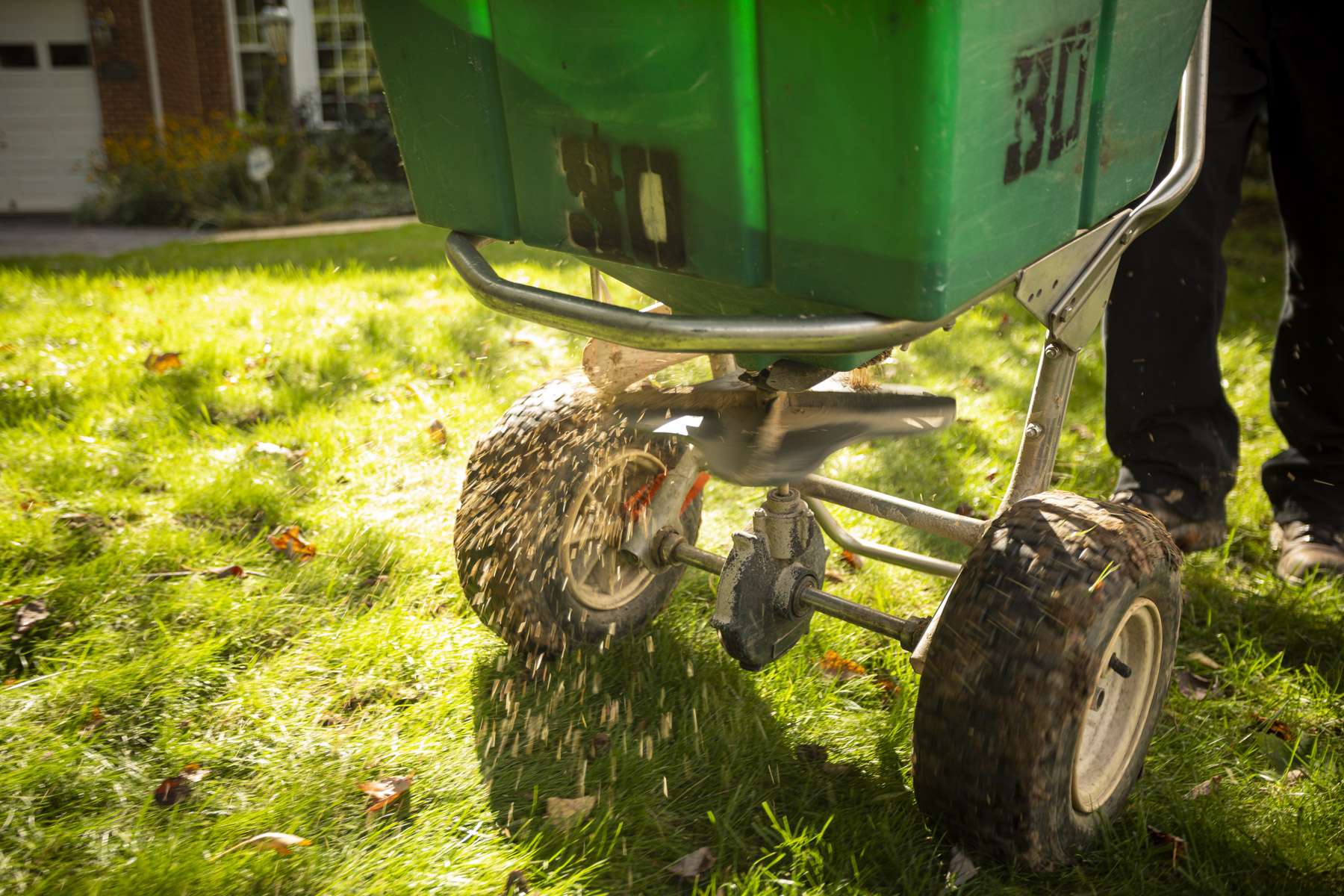

Garden Essentials
How To Plant Lawn Seed
Modified: March 16, 2024
Learn how to plant lawn seed in your garden and achieve a lush and healthy lawn. Our step-by-step guide will help you create the garden of your dreams.
(Many of the links in this article redirect to a specific reviewed product. Your purchase of these products through affiliate links helps to generate commission for Storables.com, at no extra cost. Learn more)
Introduction
Welcome to the world of gardening! If you’re looking to transform your outdoor space into a lush and vibrant haven, then planting lawn seed is the first step towards achieving that dream. Whether you’re starting from scratch or looking to rejuvenate an existing lawn, this comprehensive guide will provide you with the knowledge you need to successfully plant lawn seed and cultivate a beautiful and healthy lawn.
Planting lawn seed is a cost-effective and gratifying way to establish a lush green carpet that will enhance the aesthetic appeal of your garden. It allows you to choose the type of grass that best suits your climate, soil conditions, and maintenance preferences. Whether you prefer a hearty Bermuda grass or a lush Kentucky bluegrass, there is a wide variety of lawn seeds available to cater to your specific needs.
In this article, we will walk you through the process of choosing the right lawn seed, preparing the soil, seed planting techniques, watering, maintenance, and common troubleshooting tips. By following these steps, you will be well on your way to creating a vibrant and thriving lawn that will be the envy of your neighborhood.
Before we dive into the specifics, it’s important to emphasize the importance of doing some research and planning before starting the lawn seed planting process. Understanding the unique characteristics of your garden, such as sunlight exposure, soil pH level, and drainage conditions, will help you make informed decisions that will ultimately contribute to the success of your lawn.
So, let’s grab our gardening gloves and get ready to transform your outdoor space into a beautiful oasis with the power of lawn seed planting!
Key Takeaways:
- Choose the right lawn seed based on your climate, soil type, and sunlight exposure to create a thriving and resilient lawn that suits your specific conditions.
- Proper soil preparation, seeding techniques, and maintenance are essential for establishing a healthy and vibrant lawn from seed. Consistent care and troubleshooting common issues will help nurture your outdoor oasis.
Read more: When To Plant Clover Seed For Lawn
Choosing the Right Lawn Seed
When it comes to choosing the right lawn seed, there are several factors to consider. The climate, soil type, and the amount of sunlight your lawn receives are all important considerations that will help you select the best seed for your specific conditions. Let’s dive deeper into these factors to guide you in making the right choice:
- Climate: The first step in selecting the right lawn seed is to consider your climate. Different grass species thrive in different climate conditions. For example, cool-season grasses like Kentucky bluegrass and fescue are suitable for regions with cold winters and mild summers, while warm-season grasses like Bermuda grass and Zoysia grass are more suited for areas with hot summers and mild winters. Understanding your climate will help you choose a grass type that will thrive in your specific region.
- Soil Type: The next consideration is your soil type. Certain grass species thrive in sandy soils, while others prefer clay or loamy soils. Conduct a soil test to determine the pH level and nutrient content of your soil. This will help you identify any necessary amendments, such as adjusting the pH level or adding organic matter, to create the optimal growing conditions for your chosen grass seed.
- Sunlight Exposure: Grasses have varying sunlight requirements. Some species prefer full sun, while others can tolerate shade or partial shade. Evaluate the amount of sunlight your lawn receives throughout the day to determine whether you need a shade-tolerant grass or a sun-loving variety.
Once you have determined your climate, soil type, and sunlight exposure, it’s time to choose the specific grass species and seed varieties that best meet your criteria. Research different grass types and their characteristics, such as growth habits, color, texture, and maintenance requirements, to find the perfect match for your lawn.
When purchasing lawn seed, it’s important to opt for high-quality seeds from reputable sources. Look for seeds that are labeled as “certified” or “pure,” as this ensures they are free from weeds and other impurities. Additionally, consider purchasing a combination of different grass seed varieties that are compatible with your conditions. This “seed blend” approach can increase the overall resilience and appearance of your lawn.
Remember, choosing the right lawn seed is a crucial step towards establishing a beautiful and thriving lawn. Take the time to assess your climate, soil type, and sunlight exposure, and select high-quality seed varieties that meet your specific requirements. By doing so, you will set the foundation for a successful lawn that will withstand the test of time.
Preparing the Soil
Before you can plant lawn seed, it’s essential to prepare the soil properly. Proper soil preparation sets the stage for strong root development, nutrient uptake, and overall healthy growth of your lawn. Here is a step-by-step guide to help you prepare your soil:
- Remove Existing Vegetation: Begin by removing any existing vegetation, such as weeds, grass, or debris, from the area where you plan to plant your lawn seed. This can be done by manually pulling out weeds or using a herbicide to kill off existing vegetation. Ensure the area is clear to create a blank canvas for your new lawn.
- Test the Soil: Conduct a soil test to determine the pH level and nutrient content of your soil. Testing kits are available at garden centers or through your local agricultural extension office. The results of the soil test will guide you in making any necessary amendments to optimize the conditions for your lawn. Adjusting the pH level and adding organic matter, such as compost or peat moss, can help improve the soil structure and fertility.
- Loosen the Soil: Use a garden tiller, rake, or garden fork to loosen the soil to a depth of 4 to 6 inches. This process helps break up compacted soil, improves drainage, and creates a loose seedbed for optimal seed germination and root growth.
- Level the Surface: After loosening the soil, use a rake or leveling tool to ensure the surface is even and free of any large clumps or debris. This will provide a smooth and uniform base for seeding.
- Address Drainage Issues: If your soil has poor drainage, take steps to address this issue. This may involve amending the soil with organic matter or installing drainage systems to prevent waterlogging, which can be detrimental to the health of your lawn.
By taking the time to properly prepare your soil, you are setting the stage for success in growing a beautiful and healthy lawn. The process of removing existing vegetation, testing the soil, loosening and leveling the surface, and addressing any drainage issues ensures that your lawn seed will have the best possible environment to establish strong roots and thrive.
Remember, soil preparation is a vital step in the lawn establishment process. Don’t rush through this step, as it will greatly impact the long-term health and appearance of your lawn. Investing time and effort into proper soil preparation will pay off in the form of a lush, green, and resilient lawn.
Seeding Techniques
Now that you have prepared the soil, it’s time to move on to the exciting step of seeding your lawn. Proper seeding techniques are crucial for successful germination and establishment of your lawn. Follow these steps to ensure optimal results:
- Calculate Seed Quantity: Determine the amount of seed needed for your lawn by referring to the packaging instructions or consulting with a local gardening expert. Calculating the seed quantity ensures that you have enough to cover the desired area without over or under-seeding.
- Choose a Spreader: There are various types of spreaders available, including handheld spreaders, drop spreaders, and broadcast spreaders. Choose a spreader that suits your needs and provides even coverage.
- Divide the Seed: Divide the total quantity of seed into two equal portions. This allows for better coverage and reduces the risk of missing areas while spreading.
- Spread the Seed: Fill the spreader with one portion of the seed and begin walking in a systematic pattern across the lawn. Adjust the spreader settings according to the instructions provided to achieve the recommended seeding rate. Make sure to overlap each pass slightly to ensure even distribution.
- Sow the Seed by Hand: For areas that are difficult to reach with a spreader, such as narrow strips or corners, distribute the seed by hand. This technique allows for more precise control and ensures no areas are left untreated.
- Rake the Soil: After spreading the seed, use a rake to lightly rake the soil. This helps to ensure good seed-to-soil contact, which is essential for germination. Avoid raking too aggressively as it may bury the seeds too deep.
- Apply Mulch: Consider applying a thin layer of mulch, such as straw or peat moss, over the seeded area. This helps retain moisture, protects the seeds from birds, and provides some insulation during germination. Avoid using excessive mulch that can smother the seedlings.
- Water the Seeded Area: After seeding, water the area thoroughly to help settle the seed and ensure proper germination. Keep the soil consistently moist until the grass seedlings reach a height of around 2 inches. Avoid overwatering, as this can lead to fungal diseases.
Proper seeding techniques, including calculating the seed quantity, using a spreader, dividing the seed, thorough watering, and providing some form of mulch coverage, promote even seed distribution, improve germination rates, and set the stage for a successful lawn establishment.
Remember, every step you take during the seeding process plays a vital role in determining the health and beauty of your lawn. Take the time to seed properly, and be patient as you wait for the tiny seedlings to emerge and transform into a lush carpet of green.
Water the newly planted lawn seed regularly to keep the soil moist, but not waterlogged. This will help the seeds germinate and establish a healthy lawn.
Watering and Maintenance
Watering and maintenance are key factors in establishing a healthy and thriving lawn. Proper watering ensures that the seeds germinate, roots develop, and the grass continues to grow strong. Here are some guidelines to follow for watering and maintaining your newly seeded lawn:
- Watering: After seeding, it’s crucial to keep the soil consistently moist until the grass seedlings reach a height of around 2 inches. Water lightly but frequently to avoid washing away the seeds. As the grass grows, gradually reduce the frequency of watering while increasing the amount of water applied at each watering session. This will encourage the roots to grow deeper into the soil.
- Irrigation Systems: Consider using an irrigation system, such as sprinklers or drip irrigation, to ensure uniform watering. This is especially beneficial for larger areas where it may be challenging to water by hand. Set up the irrigation system with timers to ensure consistent and efficient watering.
- Mowing: Once the grass reaches a height of about 3-4 inches, it is time to mow for the first time. Set the mower blade to a height of around 2-3 inches and mow with sharp blades. Avoid cutting more than one-third of the grass height at a time to prevent stressing the lawn. Regular mowing helps promote healthier and denser growth.
- Fertilizing: After the grass has established itself, usually about 6-8 weeks after seeding, consider applying a slow-release fertilizer to provide essential nutrients. Follow the instructions on the fertilizer packaging to ensure proper application rates. Avoid over-fertilizing, as it can lead to excessive growth and weaken the lawn.
- Weed Control: Keep an eye out for weeds and promptly remove them as soon as they appear. Hand-pulling or spot-treating with appropriate herbicides can help prevent weed competition and maintain the overall health of your lawn. Always follow the instructions on herbicides and use them responsibly.
- Aeration: As your lawn matures, consider aerating the soil once a year. Aeration helps break up compacted soil, improves oxygen and nutrient exchange, and promotes deeper root growth. Use a core aerator or hire a professional service to perform this task.
Consistent and proper watering, regular mowing, appropriate fertilization, weed control, and occasional aeration are essential for maintaining a healthy and lush lawn. By following these maintenance practices, you will be rewarded with a vibrant and thriving turf that enhances the beauty of your outdoor space.
Remember, a well-maintained lawn requires ongoing care and attention. Dedicate some time each week to ensure your lawn receives the necessary maintenance, and you’ll be rewarded with a beautiful and inviting outdoor environment.
Read more: How To Plant Grass Seed On Existing Lawn
Troubleshooting Common Issues
While establishing a lawn from seed can be a rewarding endeavor, it’s not uncommon to encounter a few bumps along the way. Understanding and troubleshooting common issues will help you address problems as they arise and ensure the health and success of your lawn. Here are some common issues you may encounter and how to tackle them:
- Poor Germination: If you notice patchy or sparse germination, it may be due to insufficient moisture, poor seed-to-soil contact, or unsuitable soil conditions. Ensure that the soil remains consistently moist during the germination period and consider lightly raking the soil to improve seed-to-soil contact. If the soil is compacted or lacking nutrients, consider aerating and amending the soil before reseeding.
- Weed Invasion: Weeds can be a constant battle in establishing a lawn from seed. If weeds start to invade your lawn, carefully remove them by hand or use herbicides specifically formulated for lawn use. Follow the herbicide instructions carefully and avoid overspray on the new grass seedlings.
- Pest Infestations: Insects, such as grubs or cutworms, can damage your newly seeded lawn. If you notice signs of pest infestations, consider using organic or chemical insecticides that are safe for use on lawns. Follow the instructions provided with the product and consider consulting with a local gardening expert for guidance.
- Discoloration or Disease: If you notice discoloration, patches, or signs of disease on your newly established lawn, it may be due to improper watering, nutrient deficiencies, fungus, or other lawn diseases. Adjust your watering schedule, consider fertilizing as needed, and use appropriate fungicides or disease control products to address the specific issue. Consulting with a local lawn care specialist can provide valuable insight and guidance in managing lawn diseases.
- Uneven Grass Growth: If you notice uneven grass growth in certain areas, it may be due to varying soil conditions, inadequate seed coverage or seed distribution, or poor sunlight exposure. Consider reseeding those areas, ensure proper seed-to-soil contact, and address any underlying soil or sunlight issues.
Remember that troubleshooting common issues is a natural part of the lawn establishment process. Be observant, identify the problem early, and take appropriate action to address the issue. Patience, persistence, and proactive maintenance will help you overcome challenges and nurture a healthy and resilient lawn.
It’s worth noting that seeking guidance from local professionals, such as landscapers or extension offices, can provide valuable insights and tailored advice based on your specific region and conditions. Their expertise can be a valuable resource in troubleshooting and resolving issues affecting your lawn.
Conclusion
Congratulations! You’ve now gained valuable knowledge on planting lawn seed and cultivating a beautiful and healthy lawn. By choosing the right lawn seed, preparing the soil, implementing proper seeding techniques, and providing adequate watering and maintenance, you’re well on your way to enjoying a lush and vibrant outdoor space.
Remember that the success of your lawn depends on understanding the unique characteristics of your garden, such as climate, soil type, and sunlight exposure. By tailoring your approach to these specific factors, you can create the optimal conditions for your lawn seed to thrive.
Stay vigilant and keep an eye out for common issues that may arise during the lawn establishment process. Troubleshooting problems, such as poor germination, weed invasion, pest infestations, discoloration, or uneven growth, will help you address these challenges and maintain a healthy and vibrant lawn.
It’s important to note that establishing a lawn from seed requires patience and ongoing care. Regular watering, proper mowing, fertilization, weed control, and occasional aeration are essential maintenance practices that will contribute to the long-term health and beauty of your lawn.
Lastly, embrace the journey of creating your own personal oasis. Gardening is not just about the end result but also the joy and satisfaction that comes from working with nature and witnessing the transformation of your outdoor space.
So go ahead, put on your gardening gloves, grab your tools, and let the magic of lawn seed planting begin. With the right knowledge and a touch of patience, you’ll soon enjoy the rewards of a lush and inviting lawn that will be the envy of all who see it.
Frequently Asked Questions about How To Plant Lawn Seed
Was this page helpful?
At Storables.com, we guarantee accurate and reliable information. Our content, validated by Expert Board Contributors, is crafted following stringent Editorial Policies. We're committed to providing you with well-researched, expert-backed insights for all your informational needs.
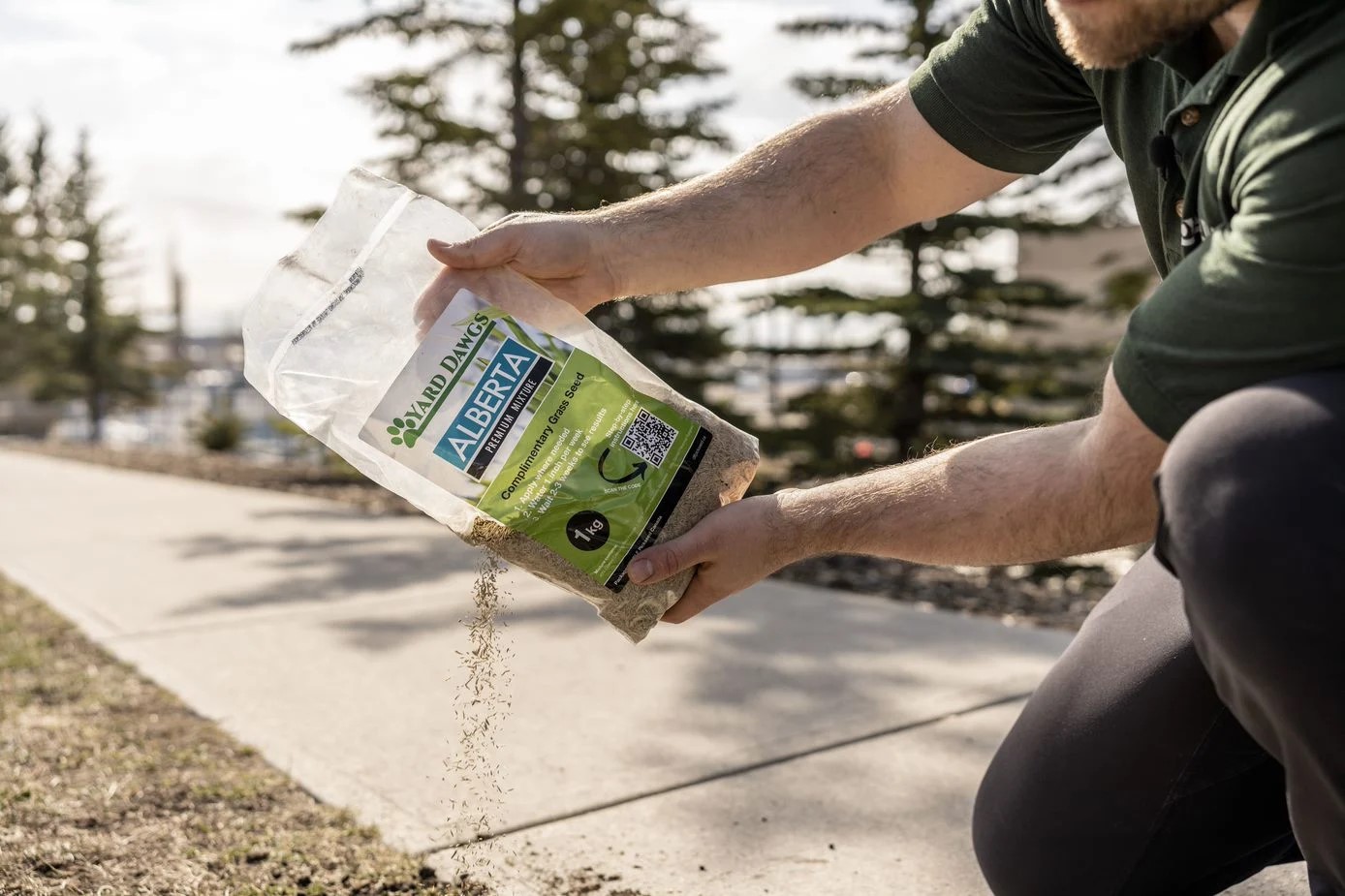
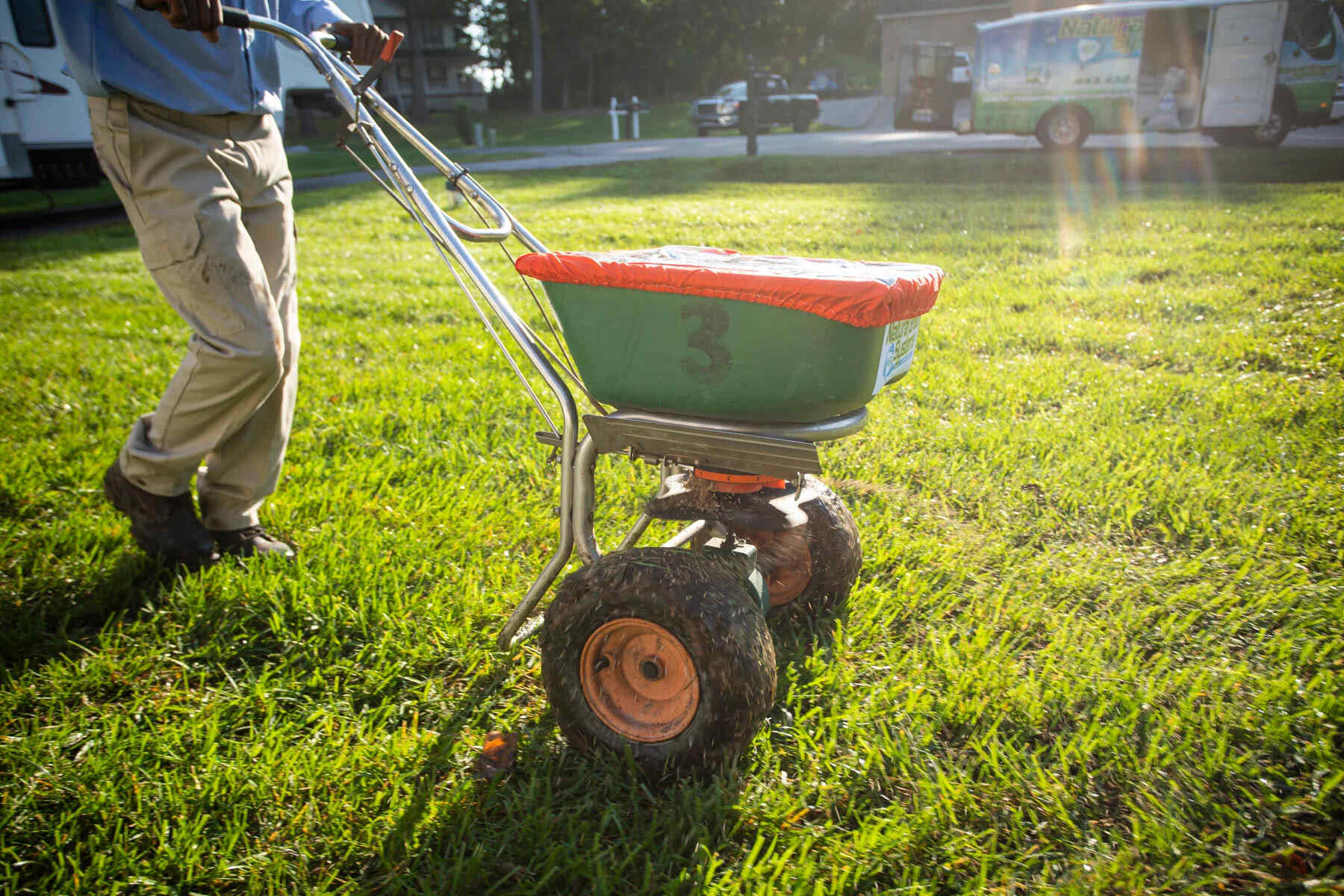
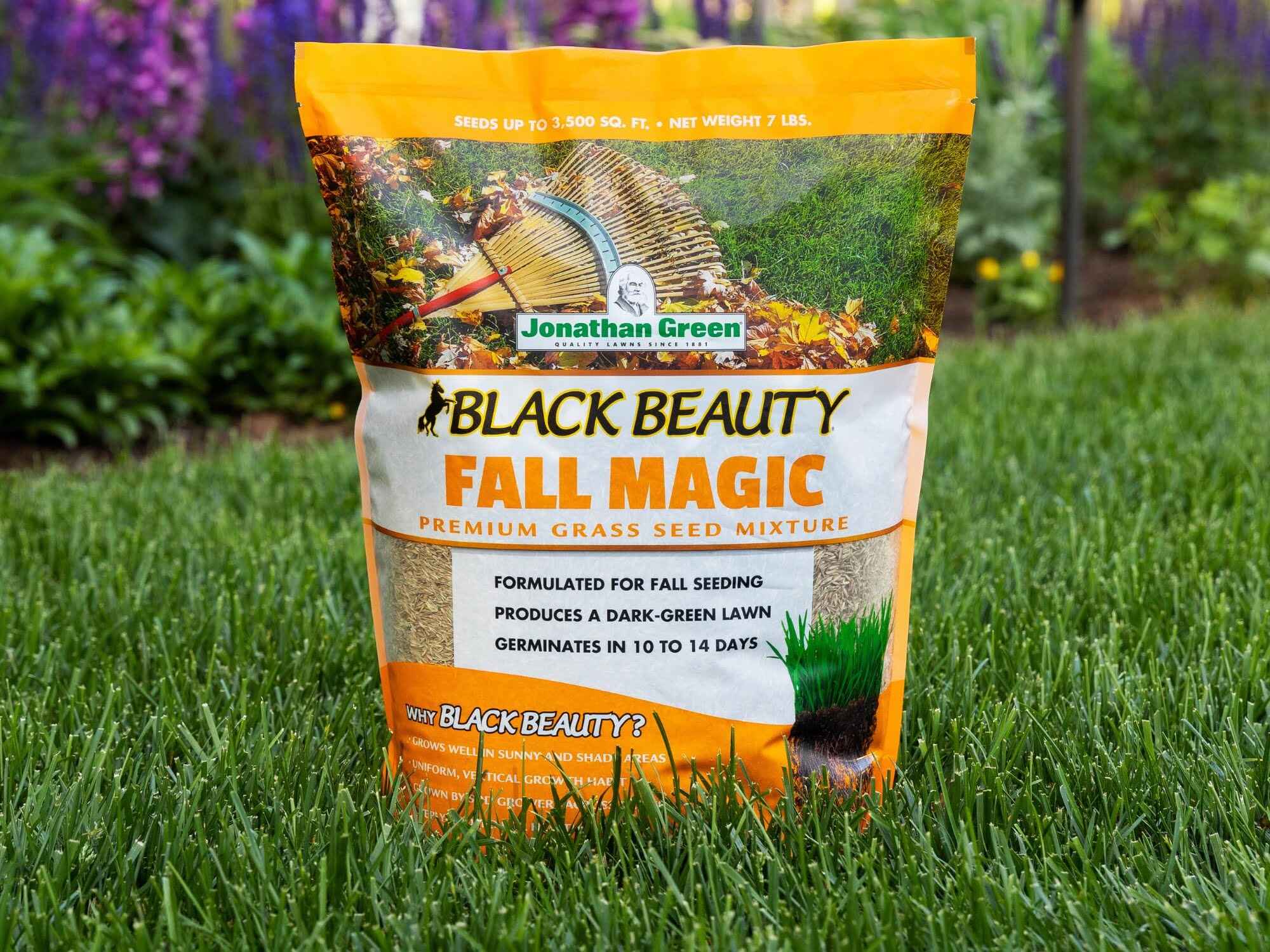
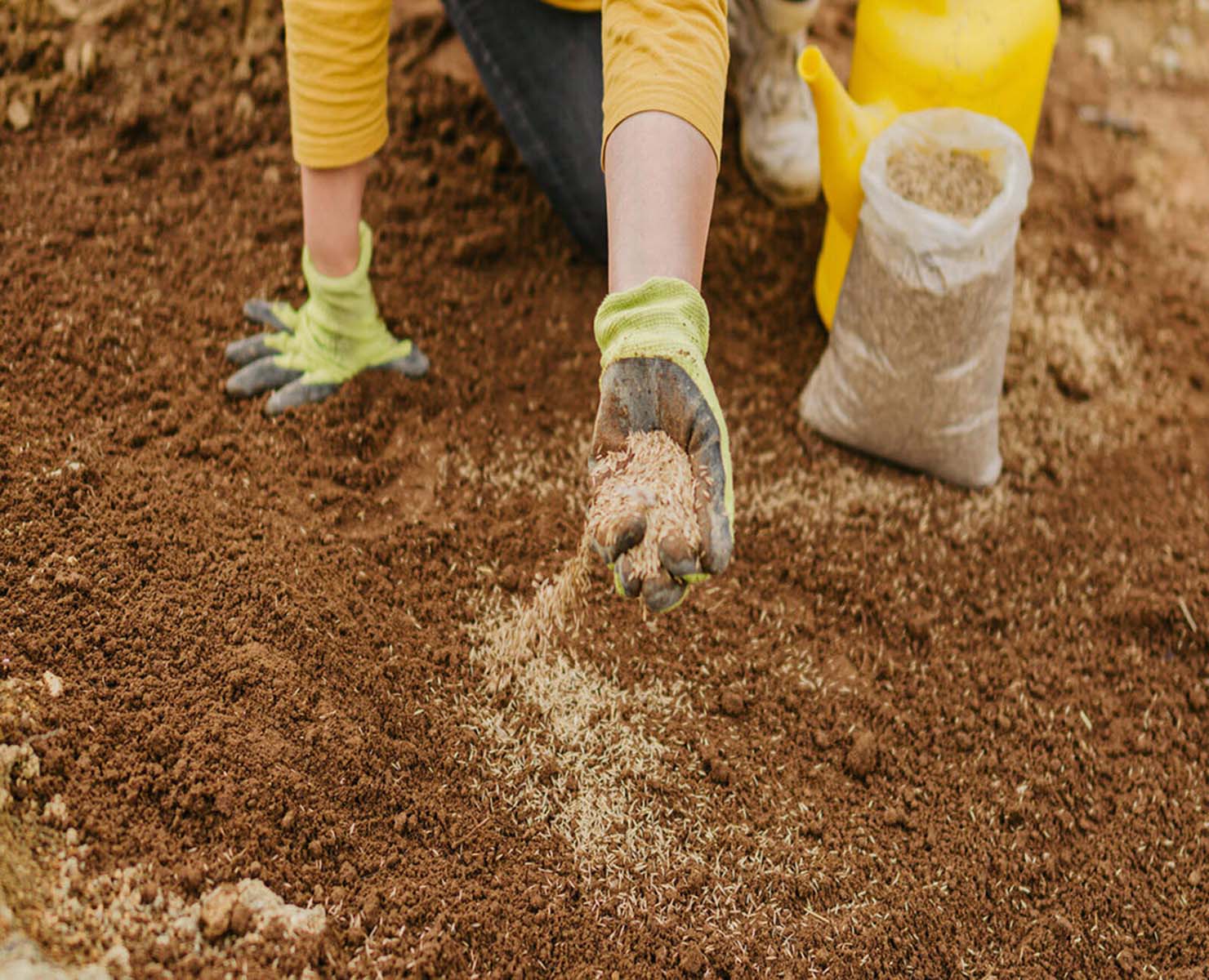
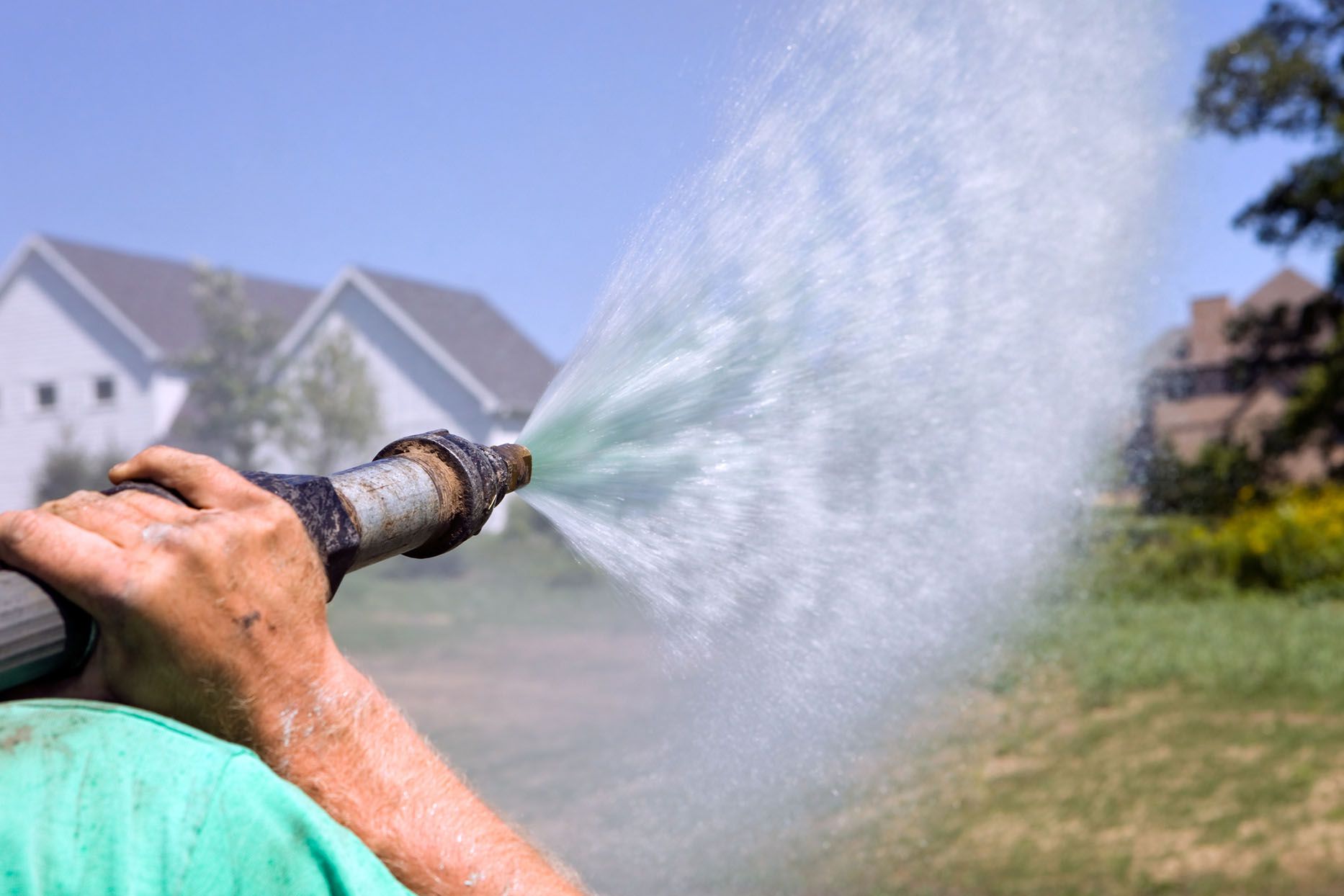
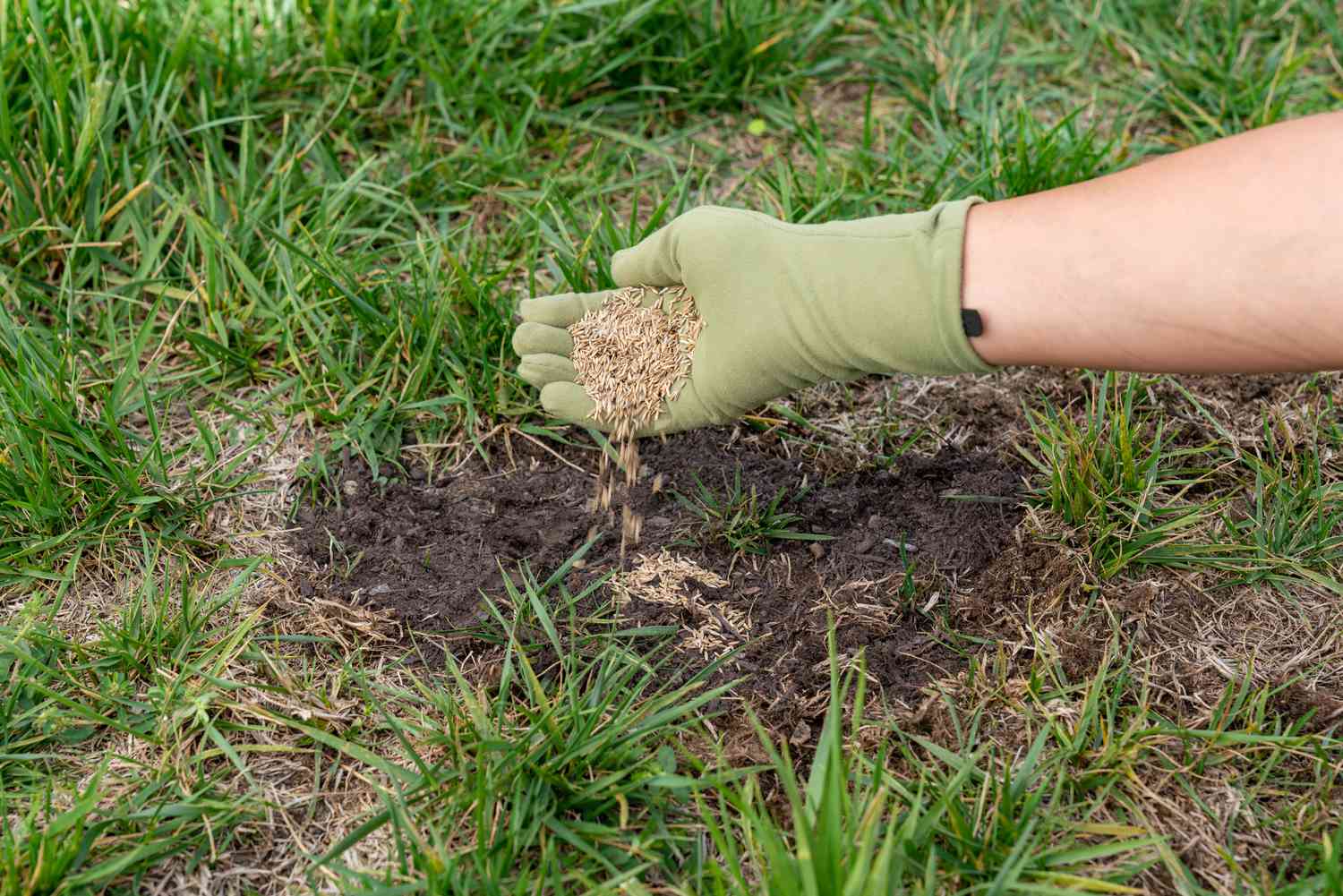
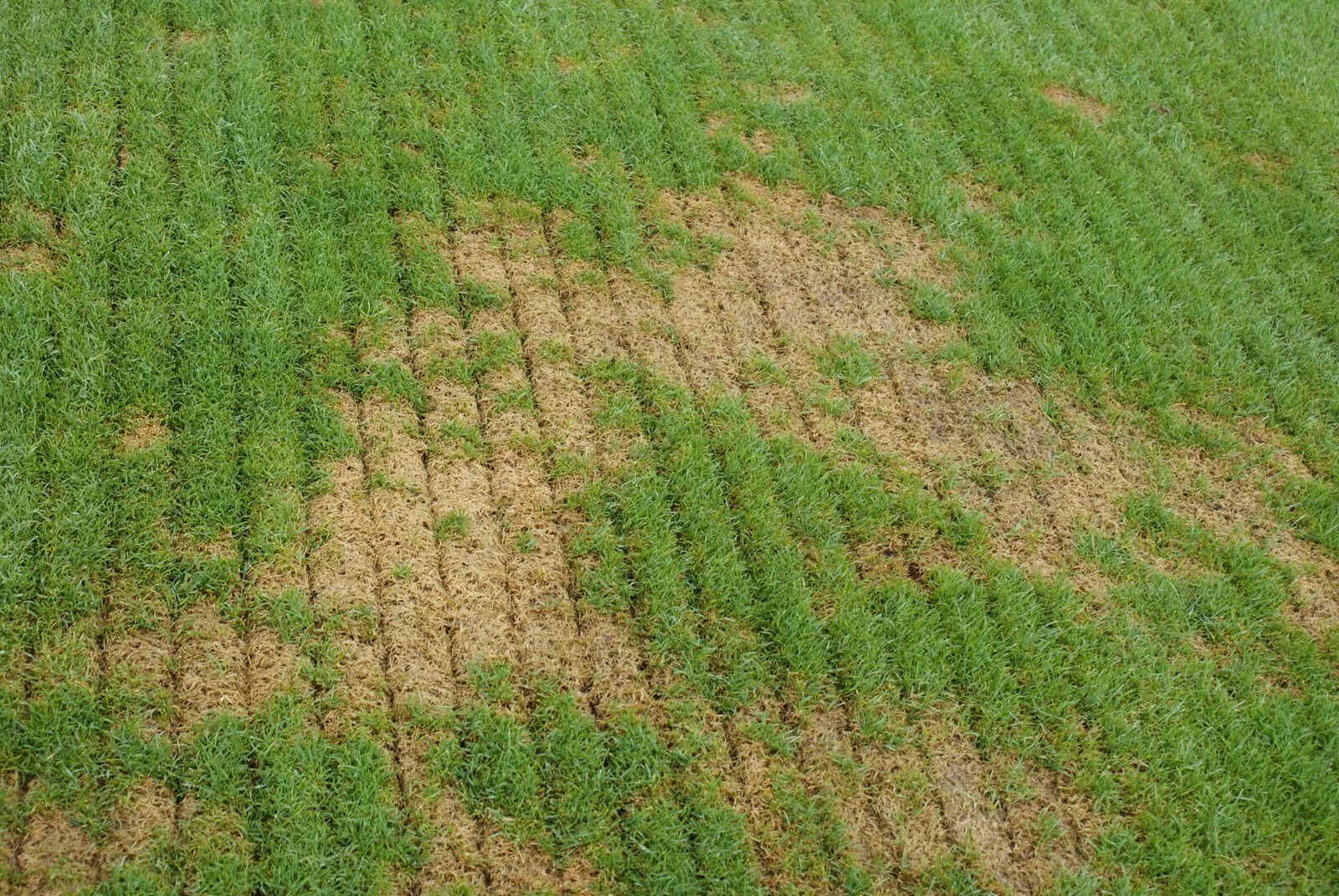
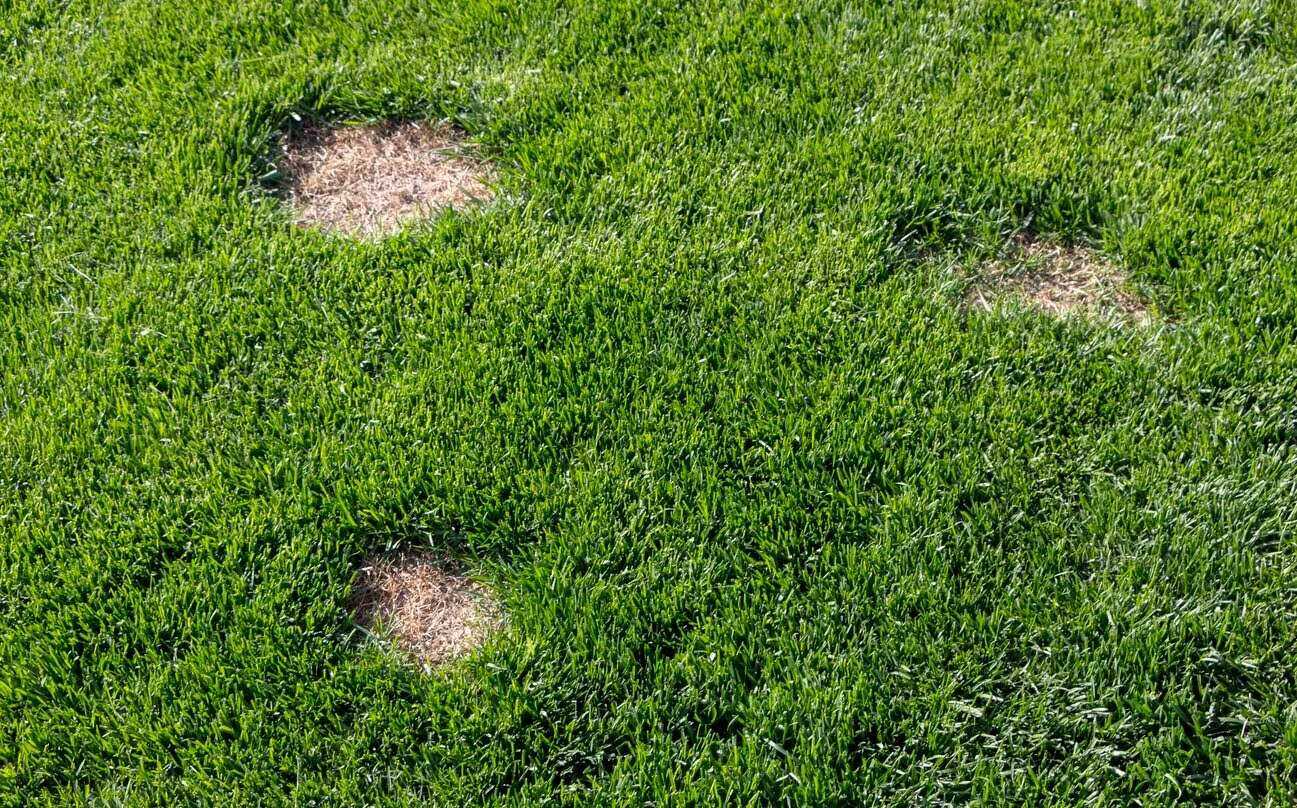
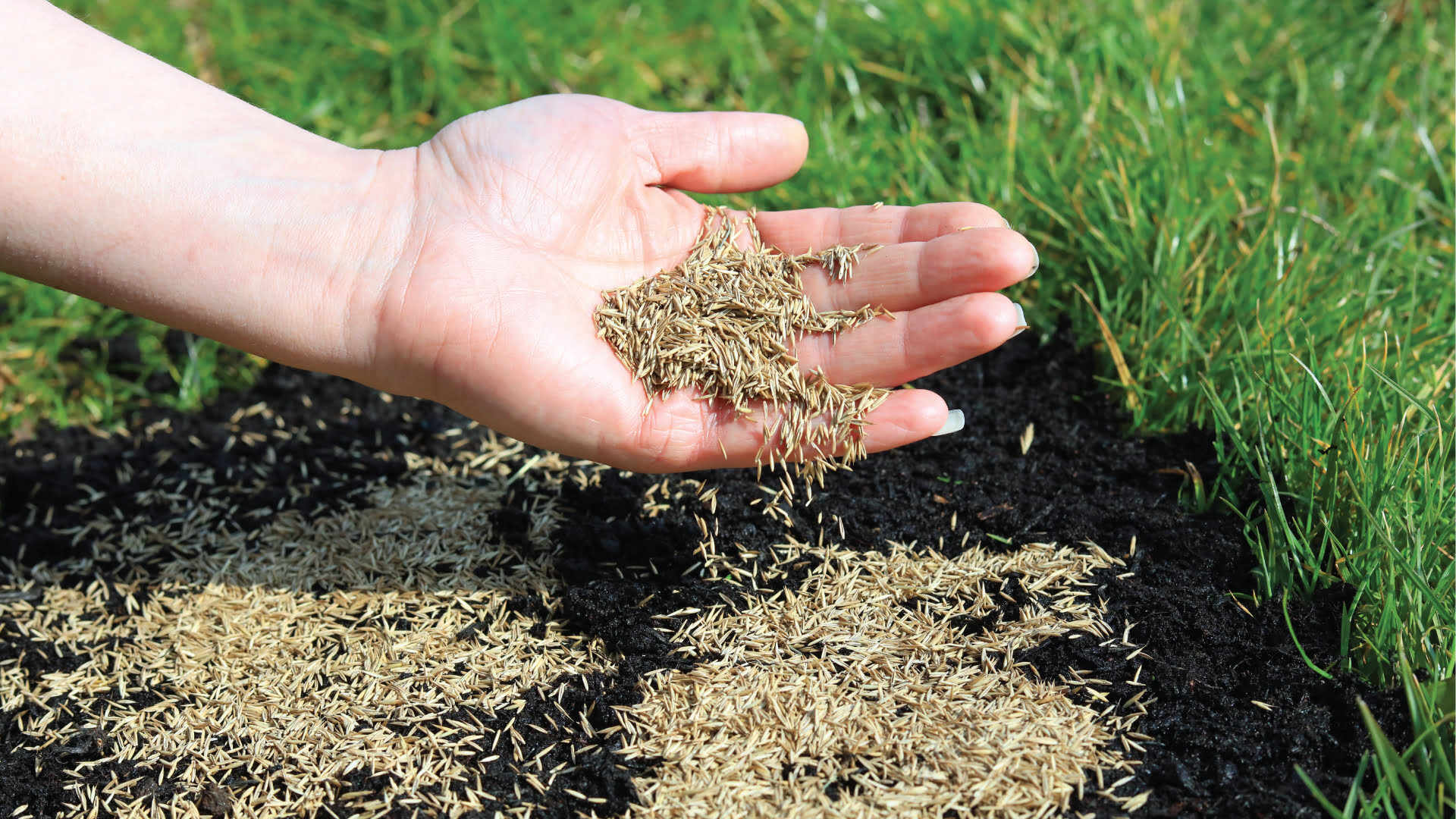
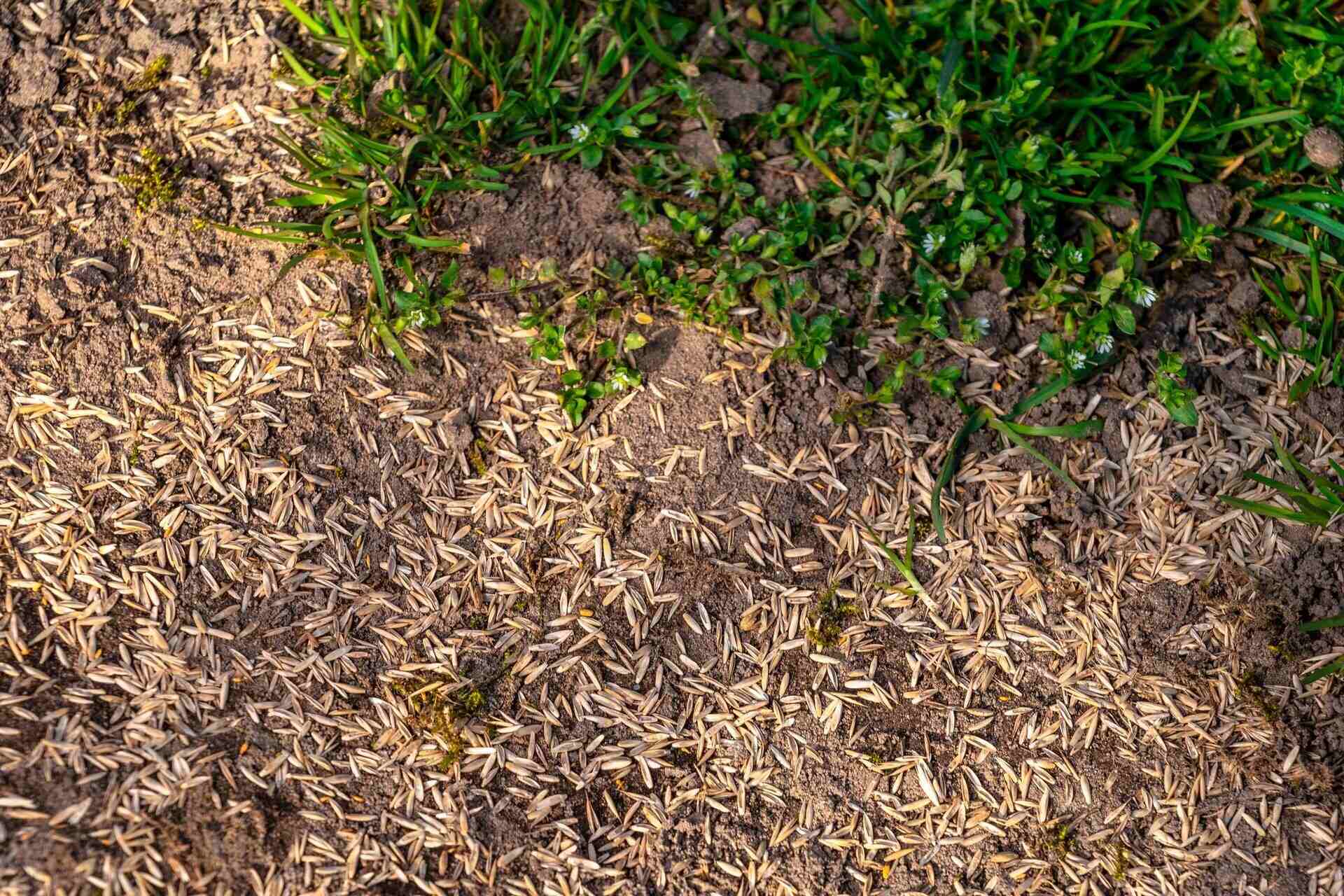
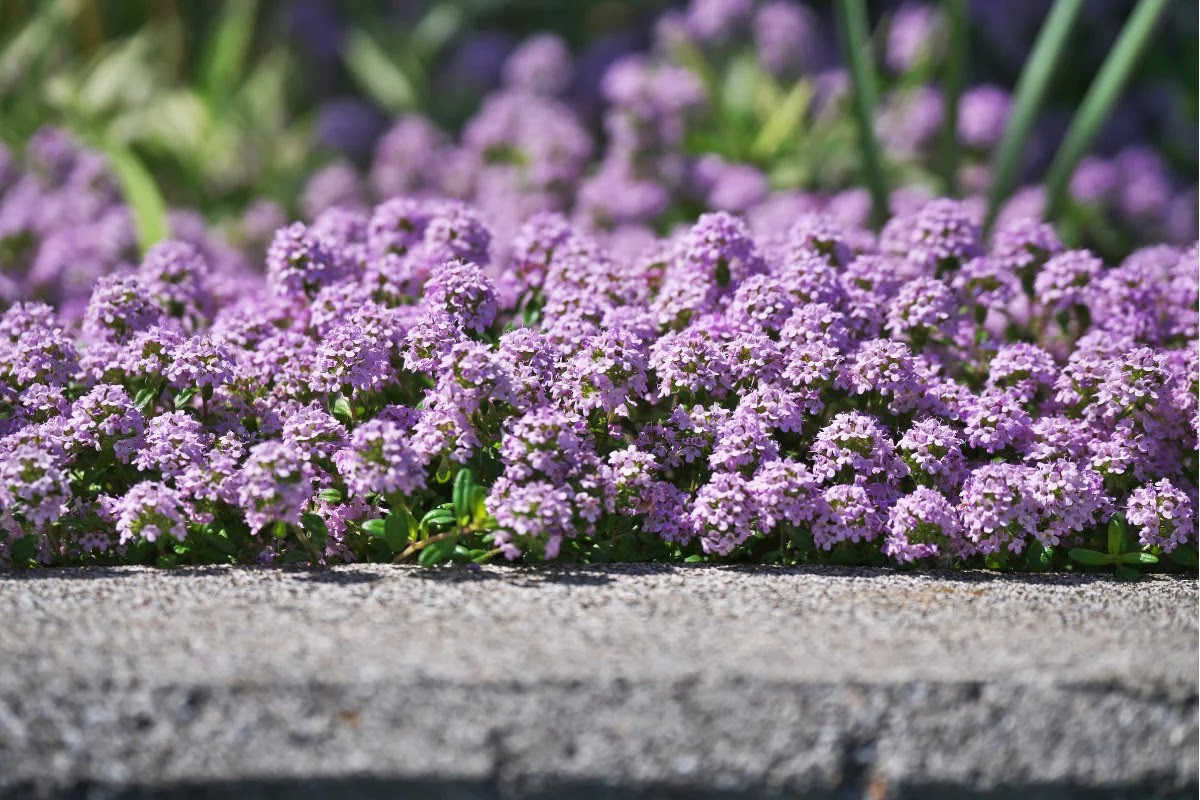
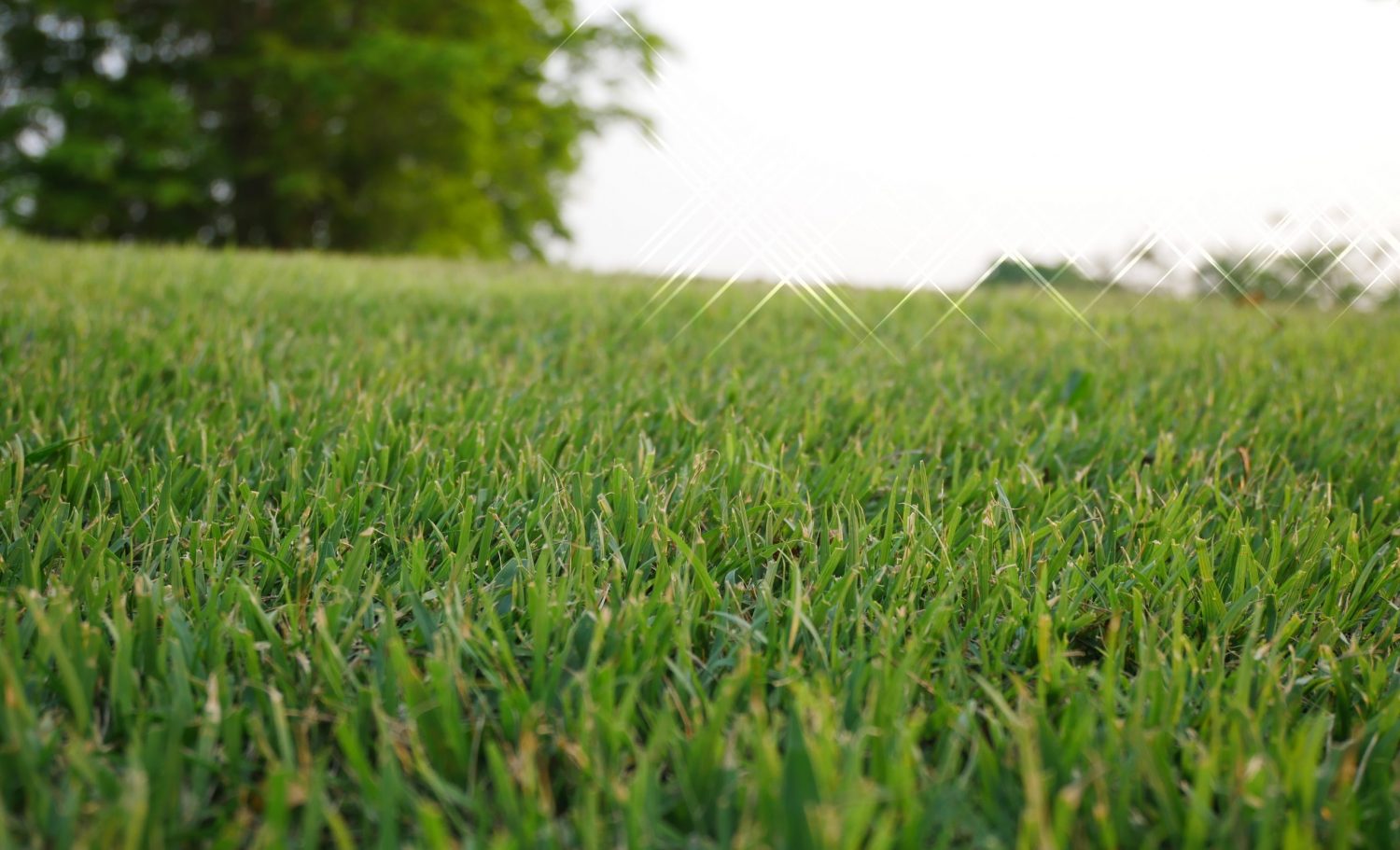



0 thoughts on “How To Plant Lawn Seed”